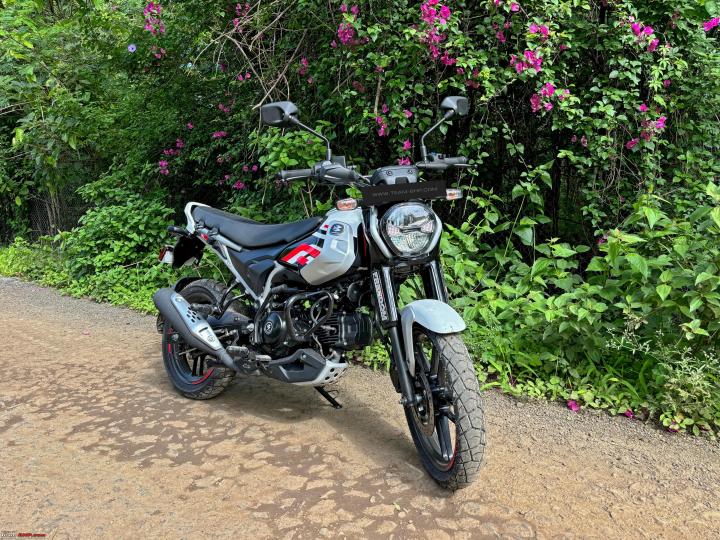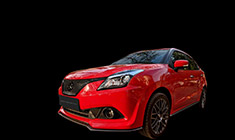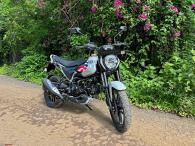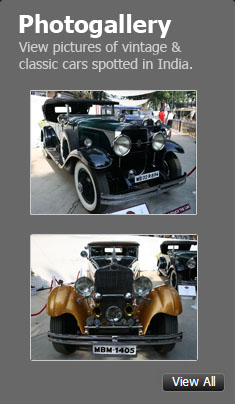News
Bajaj Freedom 125 CNG : Observations after a day of riding
The Freedom 125's engine offers adequate performance. The bike is completely at home in the city, and you can putter around in the 2nd & 3rd gears all day.
Riding the Bajaj Freedom 125 CNG

The Bajaj Freedom 125 gets a single-cylinder, four-stroke, air-cooled 124.58 cc engine. This engine produces 9.5 BHP @ 8,000 rpm 9.7 Nm @ 5,000 rpm. Complementing the engine is a 5-speed manual gearbox, in the standard 1-down-4-up shift pattern.
The Freedom 125's engine offers adequate performance. The bike is completely at home in the city, and you can putter around in the 2nd & 3rd gears all day. Keeping up with traffic is not difficult at all. You’ll be part of the crowd, not the fastest off the grid, but won’t lag behind.
On the highway, it stays true to its segment and you can find your place in the left lane, along with the rest of the commuter bikes and scooters.
While the engine runs without a breaking sweat most of the time it is only in a few scenarios like when riding with a pillion up a steep incline that you find the bike to be slower in the CNG mode compared to the petrol mode. In such a situation, switch to the petrol mode and that shortcoming is overcome in an instant. This is a known behaviour of CNG engines, so it's nothing out of the ordinary.
Toggling between the fuel modes in the Freedom 125 is very effortless and can be done instantly through the flick of the switch on the LHS switchgear. When switching from CNG to petrol, you will not notice any difference whatsoever. There's that milli-second lag when moving from petrol to CNG mode. Even that is so controlled that it doesn't really impact your ride experience.
One interesting tidbit: you cannot run the bike if it is completely out of petrol. The bike will automatically run on petrol mode at specific times each day, and if the petrol tank is empty, the engine will simply not crank. This has been done as a fail-safe to ensure someone isn't relying solely on CNG and gets stranded, given the thin CNG infrastructure in the country.
Gearshifts are smooth and have a typical feel to them that we are so used to on other Bajaj bikes. I did not experience any false shifts. It is fairly easy to identify gears, especially while downshifting
Refinement & NVH
The engine of the Freedom 125 runs quite smooth and you don't feel a lot of vibrations coming in from the powertrain at the typical speeds one would expect to use this bike at. Once you fire up the bike, it is fairly evident that this isn't a typical petrol bike; the exhaust has a distinct bassy note. The exhaust note is marginally different in the petrol and CNG modes, with a typical CNG rattle that we have so often heard in CNG autos.
The engine is quite noisy and makes quite a racket! Much before you reach a considerable rpm/speed in each gear, the engine would be blaring at top volume.
Suspension and Handling
For the front, you get a telescopic fork suspension with 125 mm travel. The rear gets a link-monoshock system with 120 mm travel. We found the rear suspension to do a far better job at absorbing broken roads than the front. While the front suspension handles the average bad roads pretty well, but it struggles on anything more than the average pothole. You can hear the suspension squeak as the road conditions deteriorate.
With a kerb weight of 149 kg, the bike is extremely nimble to manoeuvre and can be ridden with tremendous ease. Given the seat height and handlebar position, you can navigate through congested city roads effortlessly.
Braking
The Freedom 125 comes with a 240 mm disc on the front brake for the top variant, while the base and mid variants get a 130 mm drum brake. The rear brake - a 110 mm drum and CBS are standard across all three variants. None of the variants get ABS or traction control.
Braking is adequate for the city. In the absence of ABS and traction control, we didn't really try out emergency or high speed braking.
Continue reading the discussion on the 2024 Bajaj Freedom 125 CNG on our forum.


















